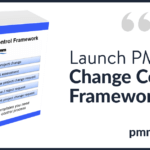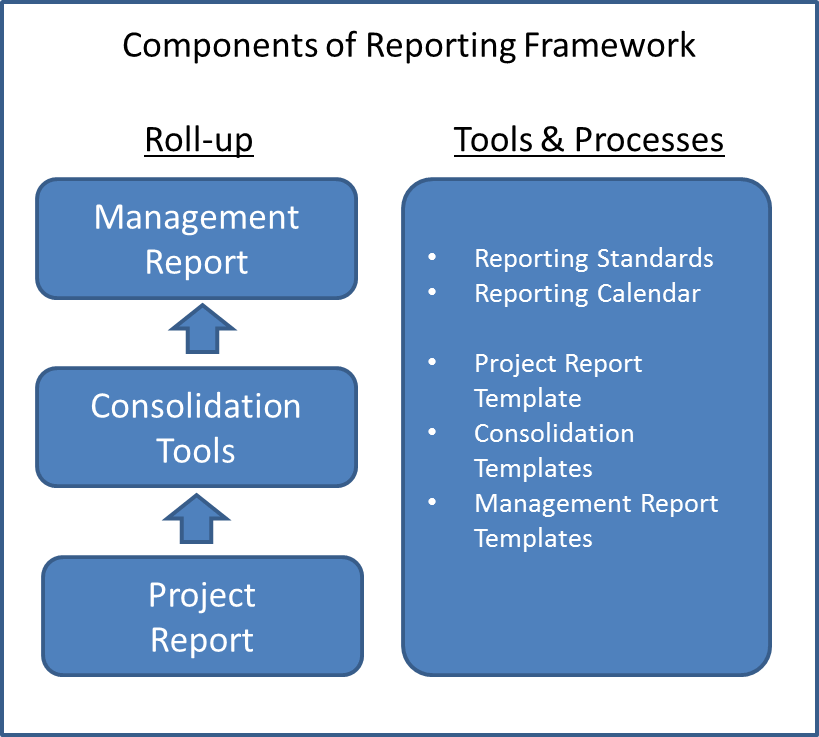Managing projects effectively is essential to achieving positive outcomes. However, you have a wide range of management methodologies to choose from, ranging from older methods like waterfall to newer options like Agile.
MOCHA is another choice, but it’s not designed for project management. Instead, it’s a framework designed to enhance communication and collaboration. When should this framework be used, though?
The MOCHA Caveat
Because MOCHA is not a project management methodology but a framework, it can be applied in a very wide range of instances. It isn’t the right fit for all projects, though. And, unlike most project management methodologies (Kanban, waterfall, Agile, etc.), it’s not a framework that applies better to projects within specific industries. So, how do you determine whether MOCHA is the right framework for your needs? We’ll walk you through what you need to consider below.
When Definition Is Needed
Is your project more than a little chaotic? Are you struggling to determine who needs to be involved and in what capacity? If that’s the case, then the MOCHA framework may be right the right fit.
When Structure Is Needed
Is your project a little amorphous? Ambiguity doesn’t lend itself to successful outcomes. The MOCHA framework can provide the structure necessary to accelerate your project, improve success, and keep things moving forward.
When Clarity Is Necessary
Do you need help with clarity when it comes to roles and responsibilities within your project? That’s precisely what the MOCHA framework was developed to help.
When Better Organization Is Needed
Are you struggling with organization? Whether that’s because your people are stepping on one another’s toes or because there’s a lack of overarching direction from leadership, the MOCHA framework may be able to help.
When Accountability Is Required
Is your team struggling with accountability? Perhaps you’re about to begin a project and want to ensure that every team member is accountable for their work to prevent issues from arising during the project. The MOCHA framework can be a useful tool in this regard.
What Does the MOCHA Framework Do?
MOCHA was designed to provide clarity and definition for roles and responsibilities. This can be applied to anything from IT projects to creative projects. All you need is to have several people working together toward a defined goal.
The acronym “MOCHA” stands for manager, owner, consultant, helper, and approver. Each letter/name is a role within the project, although you may have roles that aren’t listed.
- The manager is the person who holds the owner accountable while also assigning responsibility.
- The owner is responsible for the project’s success or failure, as well as for ensuring that all team members do what they’re supposed to.
- Consultants provide input and guidance as needed but may not be active parts of the team.
- Helpers are those who assist with some of the work. Still, they may work across multiple boundaries and have other responsibilities (helpers can be owners within other projects or sub-projects).
- Approvers are the ones responsible for signing off on decisions before things are finalized.
Choosing Your Framework
Will the MOCHA project management framework fit your needs? It’s well-suited for many situations but isn’t the right choice for everyone. If you need clarity, structure, definition, organization, or accountability within your project, it could be worth your time to implement MOCHA.
However, you must take your time, clearly define all roles and responsibilities, and then communicate those to your stakeholders. It’s also critical that you get consent from everyone you want to involve before assigning them a role. Without consent, MOCHA doesn’t work, and your project may not be successful.






